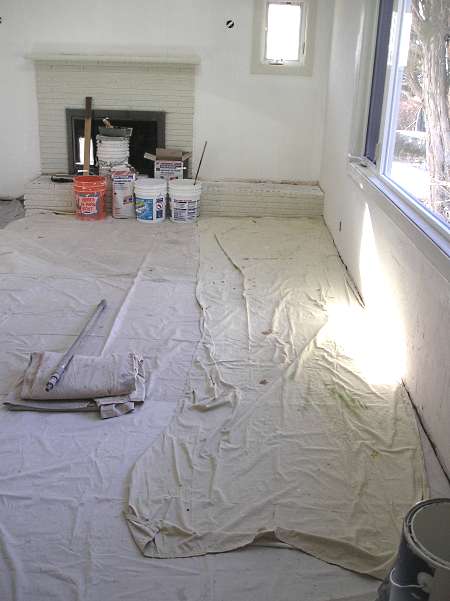 |
CrO3 aq. H2SO4 |
 |
 |
tBDMSCl Imidazole Protection |
 |
CrO3 aq. H2SO4 |
 |
aq.
HF Deprotection |
 |

A drop cloth protects the floor from dripping paint. Its use adds extra steps to the painting process, because the cloth must be laid down before painting begins and picked up when painting is complete.